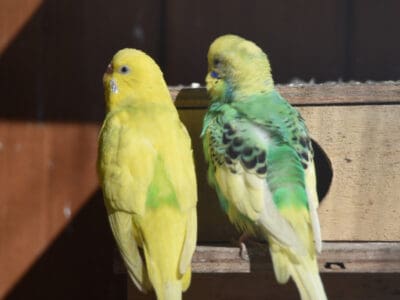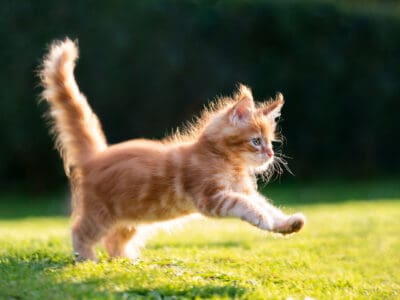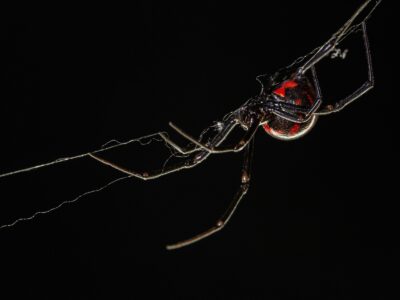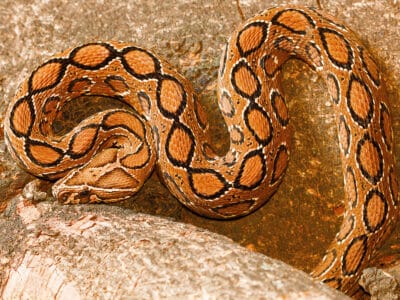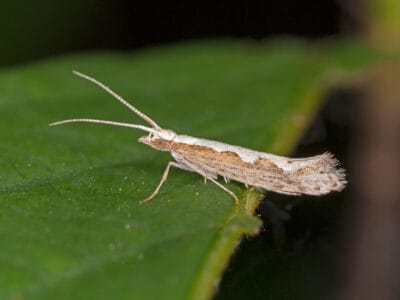Lorikeet
.jumbotron {
background-image: url(“https://a-z-animals.com/media/2021/06/Lorikeet-header-400×300.jpg”);
}
}
@media only screen and (min-width: 641px) and (max-width: 920px) {
.jumbotron {
background-image: url(“https://a-z-animals.com/media/2021/06/Lorikeet-header-470×370.jpg”);
}
}
@media only screen and (min-width: 921px) {
.jumbotron {
background-image: url(“https://a-z-animals.com/media/2021/06/Lorikeet-header.jpg”);
}
}
Lorikeet
The lorikeet has a long brush-like tongue with fine hairs on it
Lorikeet Scientific Classification
Read our Complete Guide to Classification of Animals.
Lorikeet Conservation Status
Lorikeet Facts
- Prey
- Flowers, fruit, nectar, pollen, and insects
- Fun Fact
- The lorikeet has a long brush-like tongue with fine hairs on it
- Estimated Population Size
- Unknown
- Biggest Threat
- Deforestation, hunting, and poaching
- Most Distinctive Feature
- The brightly-colored rainbow-like plumage
- Wingspan
- About 15-24in
- Incubation Period
- 25 days
- Habitat
- Forests and groves
- Predators
- Snakes and birds of prey
- Diet
- Omnivore
- Type
- Bird
- Common Name
- Lorikeet
- Location
- Australia and Southeast Asia
- Average Clutch Size
- 2
- Nesting Location
- Hollowed trees
- Age of Molting
- 7-8 weeks
This post may contain affiliate links to our partners like Chewy, Amazon, and others. Purchasing through these helps us further the A-Z Animals mission to educate about the world’s species..

Spiders that fly! Fish that walk! And 1000+ more incredible animals. Discover them all for FREE
.photo-gallery {
–margin: 0px auto 0px;
–padding: 0px 0px 0px 0px;
}
.gallery-link {
background-image: url(“https://a-z-animals.com/media/2021/06/Lorikeet-at-birdfeeder-1024×535.jpg”);
background-repeat: no-repeat;
background-size: cover;
background-position: center;
height: 500px;
justify-content: center;
text-align: center;
align-items: center;
display: flex;
border: 2px solid #000;
}
.gallery-link img {
height: 50%;
}
@media only screen and (max-width: 768px) {
.gallery-link {
height: 300px !important;
}
}
View all of the Lorikeet images!
The lorikeet is among the most colorful birds in the entire world.
They almost seem to luxuriate in their bold and garish plumage. As a type of arboreal parrot, there are about 40 documented species of lorikeets, the most well-known probably being the rainbow lorikeet. They are closely related to other types of arboreal parrot called the lories. The main physical difference is that lorikeets tend to be smaller in size with long, tapering tails and a dominant green plumage instead of red. Together they are distinguished from other parrots by the presence of a brush-like tongue.
See all of our expert product reviews.
4 Lorikeet Amazing Facts
- The lorikeet performs incredibly talented acrobatic feats. Its strong beak and claws enable them to hang upside down from branches to gather food below.
- The lorikeet is an important pollinator of the coconut palm and other plants. The pollen sticks to their feathers and then falls to the ground far away from its original destination.
- A single lorikeet flock may contain hundreds or even thousands of birds.
- The red-collared lorikeet from Darwin, Australia is believed to get drunk on fermented fruit. The physical symptoms can last for a few days and cause respiratory problems. This suggests there may be something unusual happening with the bird’s physiology beyond just mere drunkenness.
Where to Find the Lorikeet
The lorikeet can be found in forests, mangroves, and eucalyptus groves across Australia and parts of Southeast Asia. It is well-adapted for both hot and cold temperatures.
button.pulse {
transform: scale(1); animation: pulse 2s infinite;
box-shadow: 0 0 0 0 rgba(11, 247, 25, 1);
}
@keyframes pulse {
0% { transform: scale(0.90); box-shadow: 0 0 0 0 rgba(11, 247, 25, 0.5); }
60% { transform: scale(1); box-shadow: 0 0 0 15px rgba(11, 247, 25, 0); }
100% { transform: scale(0.90); box-shadow: 0 0 0 0 rgba(11, 247, 25, 0); }
}
Lorikeet Nests
Lorikeets usually construct nests in tree hollows high above the ground, but they’ve also been observed nesting in rock crevices or ground holes. Many of their nests are layered with decayed wood.
Lorikeet Scientific Name
The lorikeet has traditionally belonged to a subfamily called Lorrinae (a subfamily is a taxonomical designation below a family but above a tribe or genus). The name of the subfamily, lory, derives from a traditional Malay word for a kind of parrot. They are closely related to the budgerigar and the fig parrot.
Lorikeet Size, Appearance, and Behavior
While the lorikeet looks very much like a traditional parrot, there are a few important differences to distinguish them. The big, sharp beak has a slightly narrower structure than most parrots. The exquisitely colored plumage has a base green color with various patches and patterns of blue, red, purple, and black. The long brush-like tongue is also completely unique to lories and lorikeets. Extending from the mouth, the tongue gathers up food with very fine hairs called papillae. Depending on the species, this bird can measure anywhere between 5 and 13 inches from head to tail.
Lorikeets are highly animated and noisy types of birds with a well-developed social life. While some species are a little aggressive about defending territory from other birds, more often than not they like to mix together in massive flocks of hundreds or even thousands of individuals. These large groups travel up to 30 miles together during the day in search of food and sometimes even fly between different islands that are within the bird’s natural range. Lorikeets are not generally migratory, but some species, like the rainbow lorikeet, move around nomadically based on the season to take advantage of different foods.
Health and Entertainment for your Lorikeet
See all of our expert product reviews.
About 70% of their day is occupied with this search for food. They also spend a lot of time grooming their partners during the rest periods. At night they gather together in communal roosts to sleep. This behavior changes slightly in the mating season, when more of their time is occupied with raising the young.
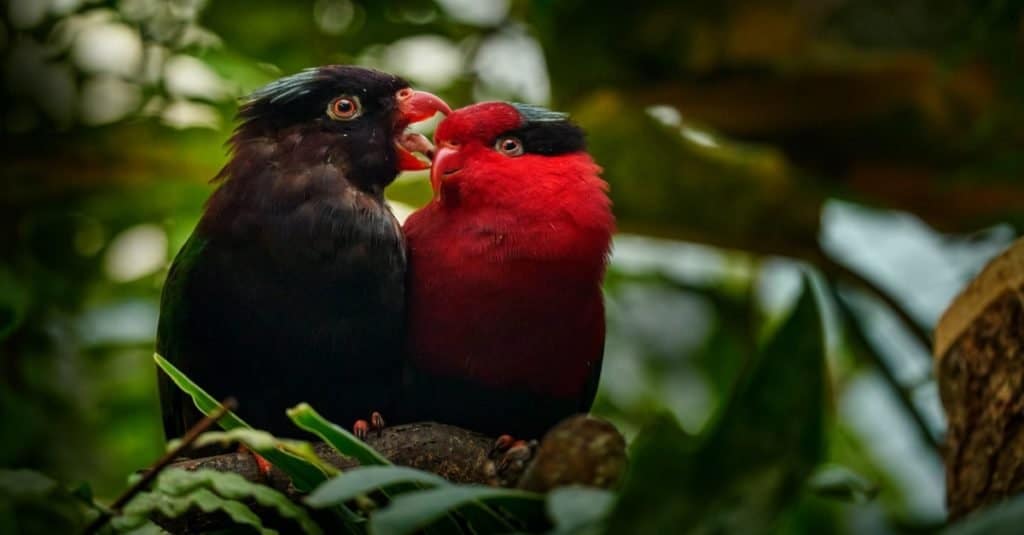
Ondrej Prosicky/Shutterstock.com
Lorikeet Diet
These birds are perhaps best described as opportunistic omnivores. Their diet may include hundreds or thousands of different plant species, which can shift throughout the year.
What does the lorikeet eat?
Unlike most types of arboreal parrots, the bird does not predominantly consume nuts and seeds. Instead, it prefers to eat flowers, fruits, nectar, and pollen. The beak is sharp enough to tear apart flowers, while the specialized tongue contains fine hairs that enable them to gather nectar and pollen and extract the juice from fruits. They also sometimes supplement their diet with insects. Because of their comparatively softer diet, lorikeets are thought to have a weaker gizzard (the part of the bird’s stomach that grinds down rough food).
Lorikeet Predators, Threats, and Conservation Status
These birds face a number of threats in the wild, including predation, deforestation, hunting, and the illegal pet trade. Their brightly-colored feathers are especially prized by people all over the world, and their habit of consuming domestic plants has also put them in conflict with farmers. Most species are currently classified as least concern by the IUCN Red List, but there are several exceptions; the red-throated lorikeet, New Caledonian lorikeet, and the blue-fronted lorikeet are all critically endangered.
What eats the lorikeet?
This bird is preyed upon by falcons, kites, pythons, and even domesticated animals. Since most species live on Pacific islands, they have mostly evolved in the absence of large predatory mammals, though this has changed slightly with the introduction of outside invasive species. Lorikeets hide in holes or fly in the air to avoid predators.
Lorikeet Reproduction, Young, and Molting
Based on close observation, these birds appear to remain monogamous for much of their lives. They can breed at any time of the year, except in southern Australia, where the breeding season occurs between August and January.
After mating, the female will lay two eggs at a time and then incubate them for about 25 days. The father helps feed the chicks, while the mother is responsible for most of the incubation duties. After about seven or eight weeks, the chicks have grown their flight feathers and begin learning how to fly. It can take anywhere between one and three years to reach full sexual maturity. Lorikeets have a typical lifespan of seven to 10 years in the wild but can live 15 to 20 years in captivity.
Lorikeet Population
It is not known how many of these birds currently remain in the wild. There are likely thousands or tens of thousands of mature individuals per species, but many of them appear to be decreasing in number. In order to preserve the remaining populations, it will be necessary to end rampant deforestation and poaching in their native habitat.
View all 56 animals that start with L
Lorikeet FAQs (Frequently Asked Questions)
Does the lorikeet migrate?
The lorikeet is not known to be much of a migratory bird, though some are nomadic.
How many eggs does the lorikeet lay?
The lorikeet lays about two eggs per breeding season.
How fast does the Lorikeet fly?
The flight speed varies by species.
What is the lorikeet’s wingspan?
Each species is different, but the lorikeet tends to have a wingspan between 15 and 24 inches.
When do lorikeets leave the nest?
The lorikeet will begin leaving the nest after about seven or eight weeks when they learn how to fly.
Are lorikeets good pets?
Lorikeets are fascinating and docile animals with a good lifespan and an obvious appeal, but as exotic pets they require lots of supervision and often come with a high price tag. They need large cages (at least 4 feet long and 3 feet tall), appropriate food, a ready supply of filtered and chlorine-free water for bathing, and plenty of mental stimulation. They love to play with toys and demand constant attention. While they are difficult to care for, many people do enjoy their presence. The price to obtain this bird is normally $250 to $1,500 or more, depending on the quality of its breeding. This is in addition to the price of daily care.
Can lorikeets talk?
Yes, but the full extent of its verbal ingenuity may depend on the species. The more popular rainbow parakeet can learn to say several words and phrases.
Are rainbow lorikeets aggressive?
Rainbow lorikeets are usually quite affectionate and friendly, but it’s a good idea to keep them separate from other birds.
How long do lorikeets live for?
The lifespan of a lorikeet is around 15 to 20 years in captivity.
Where can you buy a lorikeet?
Lorikeets can sometimes be found in both general and specialty pet stores or from individual breeders.
Sources
- Britannica, Available here: https://www.britannica.com/animal/lorikeet
- San Diego Zoo, Available here: https://animals.sandiegozoo.org/animals/lory-and-lorikeet
- Petco, Available here: https://www.petco.com/content/petco/PetcoStore/en_US/pet-services/resource-center/caresheets/lory-and-lorikeet.html
- Critter Science, Available here: https://critter.science/say-hello-to-the-beautiful-lorikeet/



